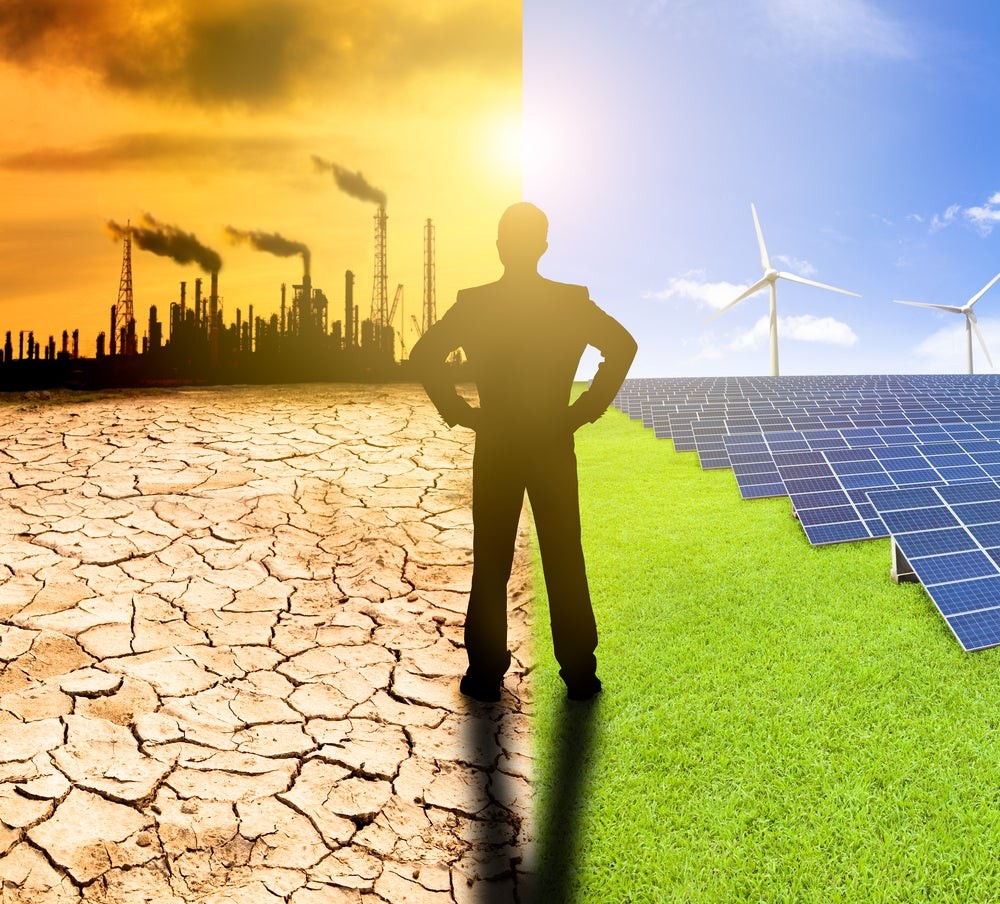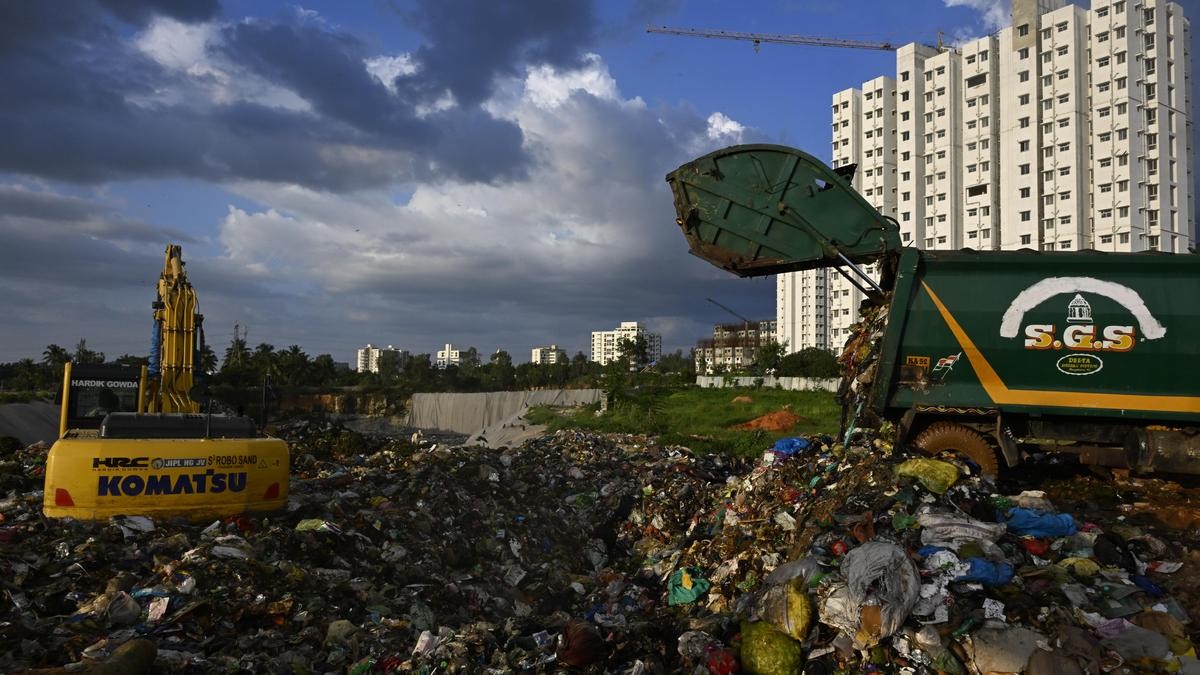Description
Copyright infringement not intended
Picture Courtesy: Leasing Life
Context:
India added 24.5 gigawatts (GW) of Solar energy capacity, making it the 3rd largest contributor globally after China and US.
What is clean Energy?
Clean energy refers to energy derived from sources that produce little or no greenhouse gas emissions. It helps in achieving sustainable development and climate change mitigation efforts.
What are the different types of clean energy sources?
- Renewable Energy:
- Solar Energy
- Wind Energy
- Hydropower
- Biomass Energy
- Geothermal Energy
- Nuclear Energy
Benefits of Clean Energy
- Reduces carbon footprint.
- Improves air quality
- Enhances energy security
- Creates employment opportunities
- Helps in achieving sustainable economic growth.
Challenges in achieving Clean Energy Adoption
- High capital costs.
- Lacks energy storage.
- Lack of R&D
- Infrastructural gaps
What is Climate Finance?
The United Nations Framework Convention on Climate Change (UNFCCC) defines climate finance as financing that supports mitigation and adaptation actions to address climate change. It encompasses local, national, or transnational financing from public, private, and alternative sources.
UNFCCC emphasizes the principle of "common but differentiated responsibilities and respective capabilities".
Different mechanism of Climate Financing
- International Climate Funds: Multilateral funds like the Green Climate Fund (GCF), Global Environment Facility (GEF), Adaptation Fund, and Special Climate Change Fund (SCCF).
- Carbon Taxes: Governments charge emitters a fee per ton of CO2 emitted.
- Green Bonds - Bonds used for raising capital specifically for climate-friendly projects.
- Public-Private Partnership
Importance of Climate Financing for India
- Helps India meet its Nationally Determined Contributions under the Paris Agreement.
- Climate finance helps build climate-resilient infrastructure, water management systems, and early warning systems to protect vulnerable populations.
- Climate finance aligns with India’s broader goals of poverty alleviation, job creation, and energy access.
- Climate finance support for technology transfer to access modern, low-carbon technologies.
- Effective use of climate finance strengthens India’s position in global climate negotiations.
- Climate finance helps de-risk investments in green sectors, encouraging private capital inflow.
Challenges in Climate Finance
Lack of Fund: The current global climate finance falls short of the estimated trillions of dollars needed annually to meet climate goals.
Bureaucratic Hurdles: Limited institutional capacity and weak governance can hinder effective use of funds.
Lack of Transparency: Difficulty in tracking climate-specific finance due to blurred definitions of what counts as climate finance.
Political Uncertainties: Changes in government policies, can disrupt climate finance flows.
Economic Uncertainties: Currency fluctuations can increase the cost of repayments and financial instability.
Climate Finance initiatives
- National Clean Energy Fund: The National Clean Energy Fund uses coal cess revenue for clean tech R&D and deployment.
- National Adaptation Fund funds climate: The National Adaptation Fund funds climate resilience projects in vulnerable states.
- Sovereign Green Bonds: Introduced in Budget 2022-23 to finance green public infrastructure.
- RBI’s Sustainable Finance Group: The RBI’s Sustainable Finance Group frames green finance and disclosure norms.
- Priority Lending: RBI includes renewables in the priority sector to boost credit flow to green sectors.
- NABARD Strategy: NABARD’s 2030 strategy broadens rural green finance and resource mobilisation.
- GCF Access: India accesses the Green Climate Fund for adaptation and clean energy investments.
Way Forward:
- Encourage diversification of funding by attracting private sector investments, philanthropic funds, and innovative financial instruments like green bonds.
- Develop robust systems for monitoring, reporting, and verification (MRV) of climate finance flows.
- Create enabling policy environments to de-risk private investments in climate projects.
- Develop strong cooperation between developed and developing countries based on equity and common but differentiated responsibilities.
- Integrate climate finance into national development planning and budgeting processes.
Conclusion:
Clean energy and climate finance together form the backbone of global efforts to combat climate change. Coordinated action, increased investment, and international cooperation are crucial to ensure a sustainable, low-carbon future.
Source: The Hindu
|
Practice Question
Q. Discuss the challenges and opportunities associated with climate finance in promoting clean energy development in India.
|
Frequently Asked Questions (FAQs)
Clean energy refers to energy derived from sources that produce little or no greenhouse gas emissions.
Solar, wind, hydropower, geothermal, biomass, and nuclear energy.
Sources are;
- Government budgets
- Multilateral funds
- Carbon pricing revenues etc.










